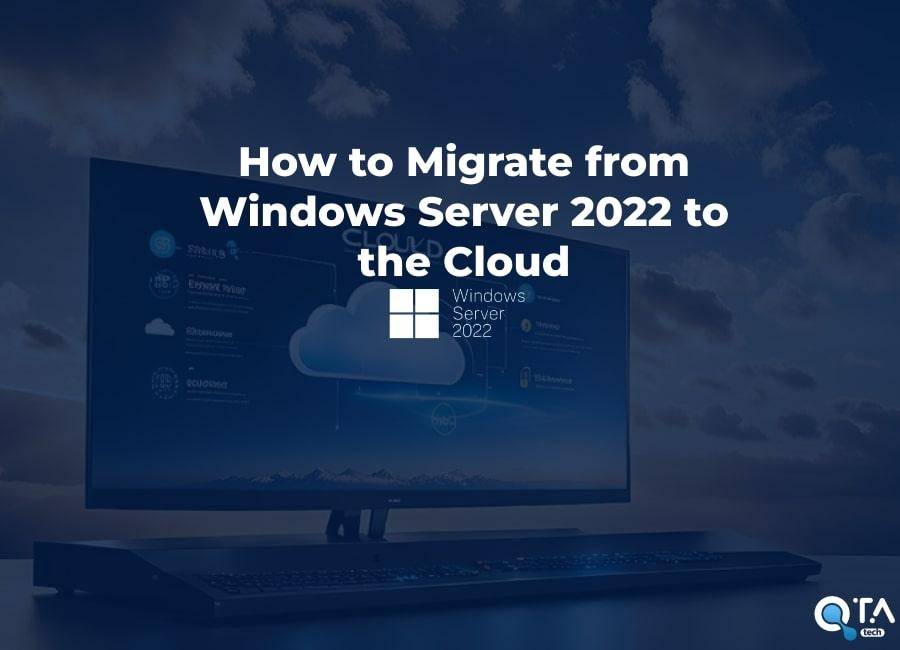How to Migrate from Windows Server 2022 to the Cloud
As more businesses embrace digital transformation, many are considering migrating from traditional on-premise servers like Windows Server 2022 to cloud platforms. Cloud migration offers scalability, cost savings, and flexibility, making it an appealing option for organizations seeking to modernize their IT infrastructure.
In this guide, we’ll explore the essential steps to ensure a smooth and successful migration from Windows Server 2022 to the cloud.
Understanding the Migration Process
1. Assess Your Current Environment
Before initiating the migration, conduct a comprehensive assessment of your existing Windows Server 2022 environment. Identify which applications and workloads are critical for your business operations. This phase should include:
- Inventory of Applications: List all applications running on Windows Server 2022.
- Performance Metrics: Analyze performance data to understand resource usage.
- Dependencies Mapping: Identify interdependencies between applications to avoid disruptions during migration.2.
2. Choose the Right Cloud Platform
Selecting the right cloud service provider is crucial. Options include Microsoft Azure, AWS, and Google Cloud Platform. Each offers unique features and pricing models:
| Feature | Microsoft Azure | AWS | Google Cloud Platform |
| Integration | Seamless with Windows environments | Extensive tools for various workloads | Strong data analytics capabilities |
| Pricing | Pay-as-you-go with discounts for Windows licenses | Flexible pricing options | Competitive pricing for startups |
| Support | Robust support for Windows workloads | Comprehensive documentation | Strong community support |
3. Plan Your Migration Strategy
Develop a detailed migration strategy that outlines:
- Migration Goals: Define what you want to achieve (e.g., cost reduction, improved performance).
- Timeline: Establish a realistic timeline for each phase of the migration.
- Risk Management: Identify potential risks and develop mitigation strategies.
4. Prepare Your Cloud Environment
Set up your cloud environment before migrating. This includes:
- Creating Virtual Machines (VMs): Set up VMs on your chosen cloud platform that mirror your current server configurations.
- Networking Setup: Configure networking settings to ensure secure and efficient communication between on-premises servers and cloud resources.
5. Execute the Migration
Utilize tools such as Azure Migrate or AWS Application Migration Service to facilitate the migration process. Key steps include:
- Data Transfer: Use secure methods to transfer data from your on-premises server to the cloud.
- Testing: Conduct thorough testing of applications post-migration to ensure functionality.
- Cutover: Plan a cutover strategy that minimizes downtime, ensuring that users can access services seamlessly.
6. Post-Migration Optimization
Once migrated, focus on optimizing your cloud environment:
- Monitor Performance: Regularly monitor application performance using built-in tools provided by your cloud provider.
- Cost Management: Implement cost-saving measures such as auto-scaling and reserved instances.
Ready to Migrate to the Cloud? Let QTA Tech Help!
Migrating to the cloud can be complex, but you don’t have to do it alone. At QTA Tech, we specialize in digital transformation and offer end-to-end cloud migration services tailored to your business needs. From planning and execution to ongoing support, our experts are here to make your cloud journey seamless and secure.
Contact us today to schedule a free consultation and learn how we can help your business thrive in the cloud.
